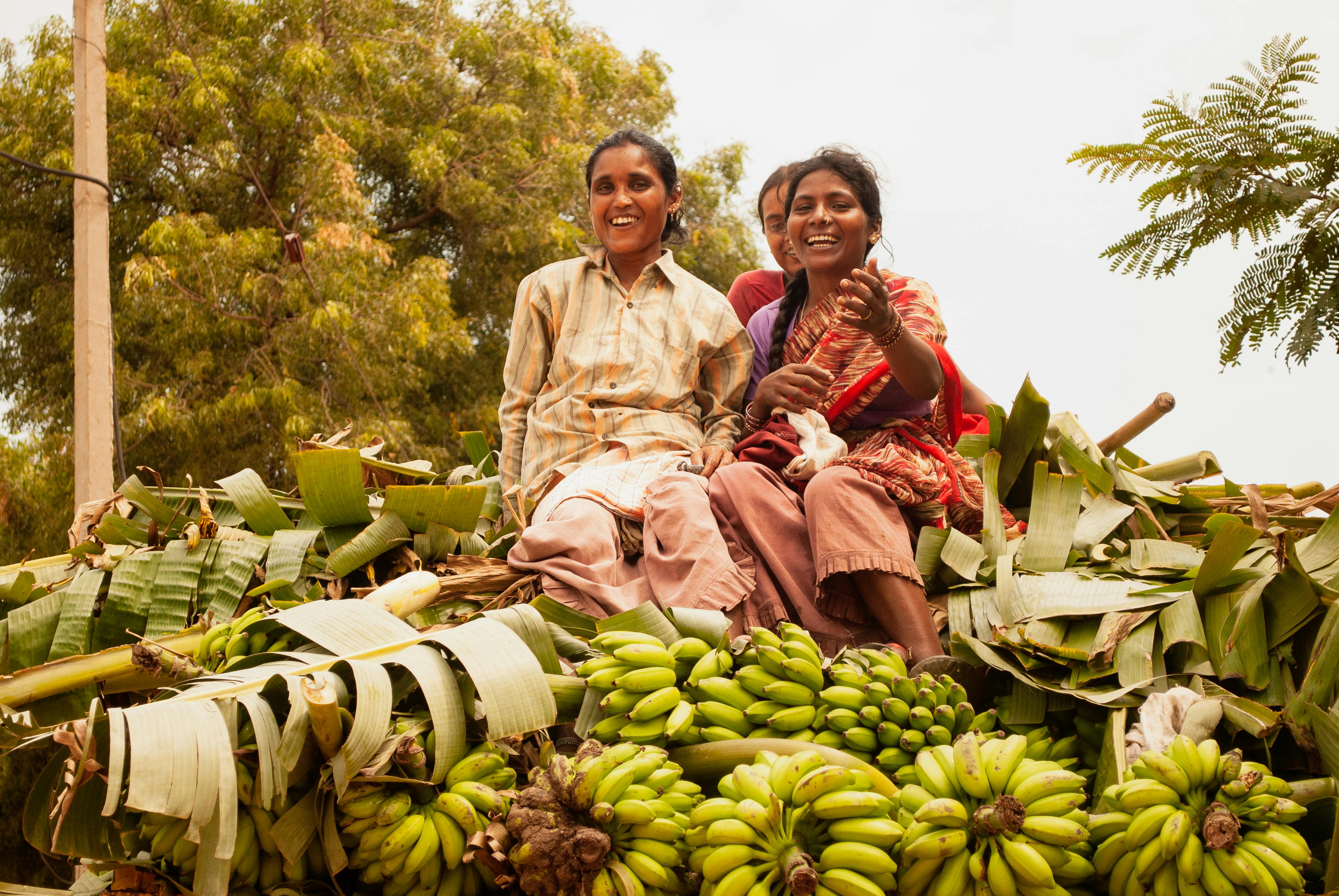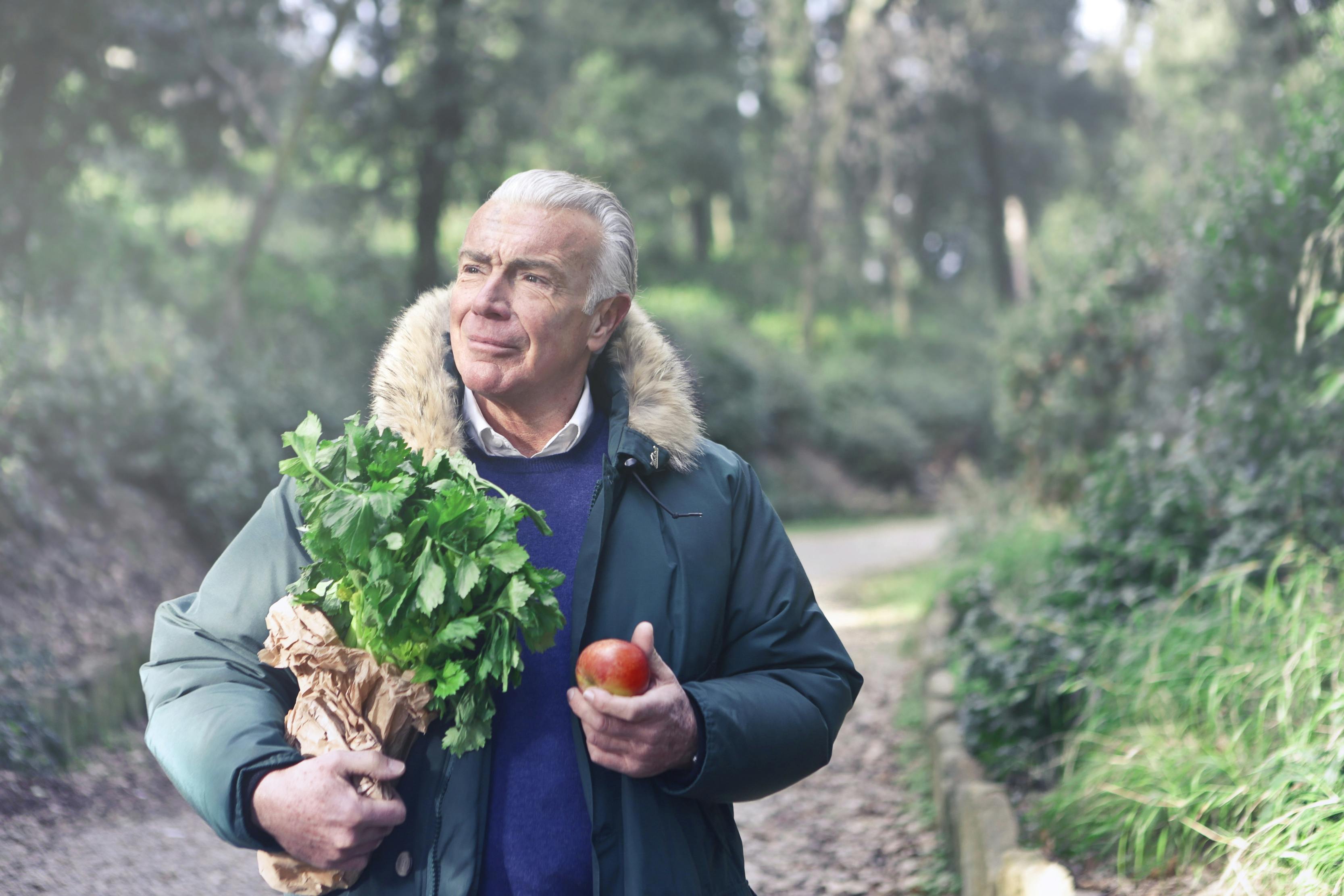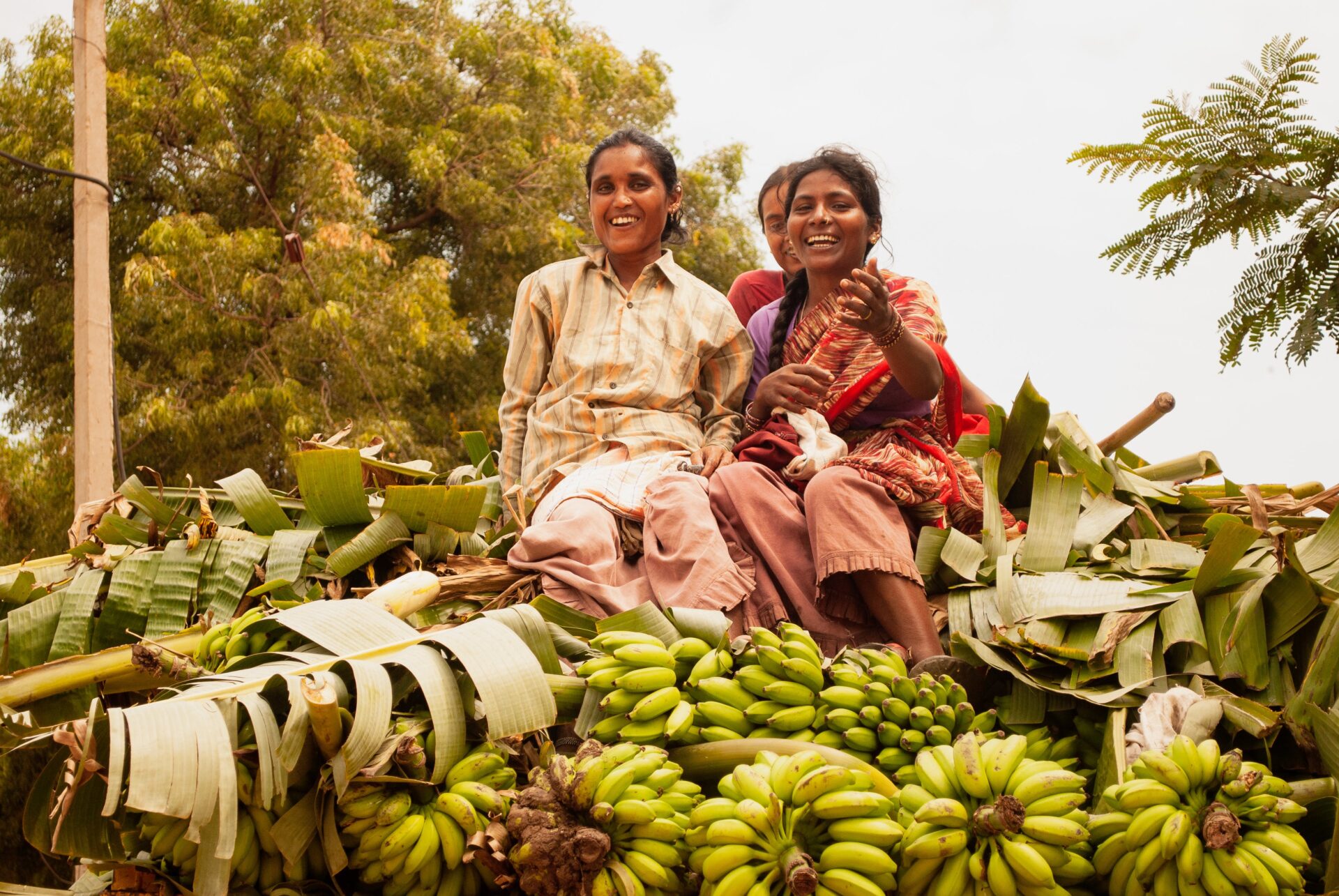Fruit trees are a great addition to any landscape, adding beauty and providing a bounty of delicious fruit. If you live in Zone 6b, you’re in luck – there are many types of fruit trees that can thrive in this temperate climate. From apples and pears to cherries and peaches, there are plenty of options to choose from when selecting the perfect tree for your garden. In this article, we’ll explore some of the best fruit trees for Zone 6b gardens.Fruit trees that grow in Zone 6b include apples, apricots, blueberries, cherries, figs, grapes, kiwis, nectarines, peaches, pears, persimmons and plums.
Best Fruits For Zone 6b
Zone 6b is a temperate climate zone which is suitable for growing many different types of fruits. The best fruits for Zone 6b include apples, pears, peaches, apricots, cherries, plums, nectarines, and strawberries. Apples are one of the most popular fruits in this zone due to their resilience and easy availability. They do best when planted in well-drained soil and exposed to full sun for at least six hours each day. Pears are another excellent choice for Zone 6b as they are drought-tolerant and thrive in a wide range of temperatures. Peaches love the warm summers of Zone 6b and produce large, juicy fruit when planted in fertile soil with plenty of sunlight. Apricots are also easy to grow in this climate zone and can produce large yields when given the right conditions.
Cherries do well in Zone 6b with proper irrigation and full sun exposure. They are a great choice for an edible landscape as they provide both beauty and delicious fruit. Plums thrive in this climate zone and require minimal care once established. Nectarines also do well here but need more attention than other stone fruits due to their more delicate nature. Lastly, strawberries can be grown successfully in Zone 6b with careful attention to watering needs during dry spells. With the proper care and attention these fruits can bring abundance to your garden or homestead year after year!
Cold-Hardy Fruit Trees For Zone 6b
Gardening in zone 6b can be a challenge, especially when it comes to choosing fruit trees that can tolerate cold temperatures. Fortunately, there are several cold-hardy varieties available that are well-suited for this climate. Some of the most popular cold-hardy fruit trees for zone 6b include apples, pears, cherries, peaches, and plums.
Apples are one of the most popular fruits to grow in zone 6b because they are cold-tolerant and easy to care for. Popular apple varieties in this climate include Honeycrisp, Empire, and Golden Delicious. Apples require full sun and well-drained soil to thrive. They should be pruned regularly to maintain a healthy shape and size.
Pears are another great choice for zone 6b because they tolerate cold temperatures well. Popular pear varieties include Bosc, Bartlett, and Anjou. Pears prefer full sun and slightly acidic soil with good drainage. They should be pruned regularly to encourage healthy growth and prevent disease.
Cherries are also a great option for zone 6b gardens because they can tolerate the cold temperatures of this climate. Popular cherry varieties include Bing, Rainier, and Black Tartarian. Cherries require full sun and well drained soil with plenty of organic matter added for best results. Pruning is essential for maintaining a healthy shape and size as cherries tend to become overgrown quickly if left unchecked.
Peaches are another great choice for zone 6b because they can tolerate the colder temperatures of this region without suffering too much damage from frost or freezing temperatures in winter months. Popular peach varieties include Elberta, Red Haven, and Sunhigh . Peaches need full sun and well drained soil with plenty of organic matter added for best results . Pruning is essential for maintaining a healthy shape and size as peaches tend to become overgrown quickly if left unchecked .
Finally , plums are an excellent choice for zone 6b because they can withstand the colder temperatures during winter months without suffering too much damage from frost or freezing temperatures . Popular plum varieties include Santa Rosa , Shiro , Methley , Mariposa , Laroda , Superior , Black Ice , Friar , Burgundy , President . Plums need full sun and well drained soil with plenty of organic matter added for best results . Pruning is essential for maintaining a healthy shape size as plums tend to become overgrown quickly if left unchecked .
Overall , there are many options when it comes to choosing cold hardy fruit trees that will thrive in zone 6b gardens . With proper care and attention these trees will provide gardeners with delicious fruits year after year!
Apple Varieties For Zone 6b
Zone 6b is a temperate climate zone, which makes it ideal for growing apple varieties. Apples are a popular fruit that can be enjoyed fresh or used in baking. There are many different varieties of apples that grow well in Zone 6b, such as Honeycrisp, Fuji, Gala, and Red Delicious. Honeycrisp apples are sweet and juicy with a crunchy texture. They are great for snacking and making apple pies or desserts. Fuji apples have a sweet flavor and crisp texture, making them perfect for baking or fresh eating. Gala apples are sweet yet slightly tart, with firm flesh that keeps its shape when cooked. Red Delicious have a mild flavor and are great for snacking and salads.
In addition to these popular varieties, there are several other apples that will do well in Zone 6b, such as Golden Delicious, Granny Smith, Rome Beauty, Braeburn, and Liberty. Golden Delicious has a sweet flavor and creamy white flesh that is great for eating fresh or cooking with. Granny Smith apples have a tart flavor and firm texture that makes them great for baking pies or using in sauces or chutneys. Rome Beauty is an old-fashioned variety that has an intense flavor and crisp flesh that is perfect for cooking or eating fresh. Braeburns have a unique sweetness with hints of spice that makes them great for baking into cakes or pies. Finally, Liberty apples have an aromatic flavor and crisp texture perfect for snacking.
No matter what type of apple you prefer to eat or cook with, there is sure to be one variety that will thrive in Zone 6b. Apples can be eaten fresh off the tree or used in baking recipes like cobblers and pies – the possibilities are endless! So if you live in Zone 6b, consider planting an apple tree this year to enjoy the bounty of delicious fruit it will produce!
Growing Pear Varieties in Zone 6b
The climate in Zone 6b is well-suited for growing a variety of pear trees. Pears are a delicious, healthy snack that can be enjoyed fresh from the tree or prepared in a variety of ways. When growing pears in Zone 6b, some of the best varieties to consider include Kieffer, Moonglow, and Oriental.
Kieffer is an excellent choice for pear lovers in Zone 6b. It is a large, sweet-tasting variety with yellow-green skin and creamy white flesh. Kieffer pears are ideal for fresh eating or cooking and can even be used to make preserves. The tree is self-fertile and hardy in Zone 6b climates, making it an ideal choice for home gardens.
Moonglow is another popular pear variety known for its sweet flavor and crisp texture. This variety has yellow skin with some russeting and is good for both eating fresh or cooking. The tree requires a pollinator such as Bartlett or Anjou pear varieties to produce fruit, but it is also quite hardy and will thrive in Zone 6b climates.
Oriental pears are also well suited to growing in Zone 6b climates. This variety has yellow skin with red blush on it and white flesh that is juicy and sweet. Oriental pears are ideal for eating fresh or using as part of salads or desserts. The tree requires a pollinator such as Seckel to produce fruit but is otherwise quite hardy in the climate of Zone 6b.

Peach Varieties For Zone 6b
For gardeners in zone 6b, growing peaches can be a rewarding experience. There are many different varieties of peach trees to choose from, each with their own unique flavor and characteristics. Some of the most popular varieties for this region are the Reliance peach, the Red Haven peach, and the Elberta peach. The Reliance is a low-chill variety that will thrive in warmer climates and is known for its sweet flavor and juicy white flesh. The Red Haven is a mid-season variety that produces large, orange-red fruits with yellowish-white flesh that are perfect for making pies and jams. Lastly, the Elberta is an early season variety that produces large yellow fruits with sweet yellow flesh that make excellent snacks or canning ingredients. All three of these varieties are hardy in zone 6b and will give you a bountiful harvest of delicious peaches.
In addition to these popular varieties, there are several other options to consider when choosing peach trees for your garden. The Indian Free peach has good disease resistance and produces a large crop of bright red fruit with an intense flavor. The Contender peach is also disease resistant and produces medium to large yellow fruits with sweet white flesh that are ideal for eating fresh or using in recipes. Lastly, the Cresthaven peach has good cold tolerance and produces large yellow fruits with red blush that have a unique flavor when eaten fresh or cooked into desserts.
No matter which variety you choose, make sure to provide your peach tree with ample sun exposure throughout the day as well as adequate water during its growing season to ensure it produces healthy fruit each year. With proper care, you can enjoy freshly picked peaches right from your own backyard!
Plum Varieties for Zone 6b
Plums are a popular fruit that is enjoyed by many people in zone 6b. There are many different varieties of plums that grow well in this area, so it can be difficult to choose the right one for your garden. Some of the most popular varieties include Santa Rosa, Friar, and Satsuma. Each variety has its own unique flavor and characteristics that make it a great choice for any garden.
Santa Rosa plums have a sweet flavor with a hint of tartness. The skin is dark red and the flesh is yellow-green. This variety is known for being disease resistant and producing abundant crops. It also grows well in zone 6b and can be harvested from late June through early August.
Friar plums have a unique flavor that is slightly tart with a hint of sweetness. The skin is dark red and the flesh is yellow-orange. This variety produces abundant crops and can be harvested from late June through early August. Friar plums are known for their resistance to diseases, making them an ideal choice for zone 6b gardens.
Satsuma plums are known for their sweet flavor and juicy texture. The skin is dark red and the flesh is yellowish-green in color. This variety grows well in zone 6b and can be harvested from late June through early August. Satsuma plums are also known for their disease resistance, making them a great choice for any garden in this region.
When choosing plum varieties for your zone 6b garden, it’s important to consider both taste preference as well as growing conditions in order to get the best results possible. For those looking to enjoy the sweet flavors of Santa Rosa or Friar plums, these varieties offer an abundance of flavorful fruit each season while also being resistant to diseases common in this region. For those looking to add some extra sweetness to their garden, Satsuma plums may be the right choice as they offer both juicy texture and sweet flavor profiles perfect for any palate.
No matter which variety you choose, with proper care you’re sure to enjoy delicious fresh plums each summer!
Cherry Varieties For Zone 6b
Zone 6b is the perfect climate for growing cherries. With its mild winter temperatures and humid summers, Zone 6b is an ideal place to grow a variety of cherry varieties. There are many types of cherries that will thrive in this zone, including sweet cherries, tart cherries, and other types of dwarf or semi-dwarf trees. Sweet cherries such as Bing, Rainier, and Lambert are all good choices for Zone 6b. Tart cherry varieties such as Montmorency and North Star are also good options for this zone. Dwarf or semi-dwarf trees such as Stella and Lapins are great choices for smaller spaces or if you’re looking for an easier to manage tree size.
No matter which type of cherry you choose to grow in Zone 6b, it’s important to make sure you provide your tree with adequate water and nutrients throughout the growing season. Also be sure to prune your trees regularly to keep them healthy and productive. With the right care and attention, you can enjoy a bounty of delicious cherries from your own backyard!

Conclusion
Zone 6b is a great climate for growing fruit trees, as it provides the perfect balance of warm temperatures and cold winters. Trees such as apples, peaches, cherries, plums, and pears can all be successfully grown in Zone 6b. Additionally, there are many other types of fruit trees that can thrive in this climate. By choosing the right variety for their region, gardeners can enjoy the rewards of a flourishing fruit tree in their own backyard.
The best way to ensure success with fruit tree cultivation is to start with high-quality trees and provide appropriate care. With proper care and maintenance, gardeners in Zone 6b will have no problem growing a variety of delicious fruits from their own yard.



